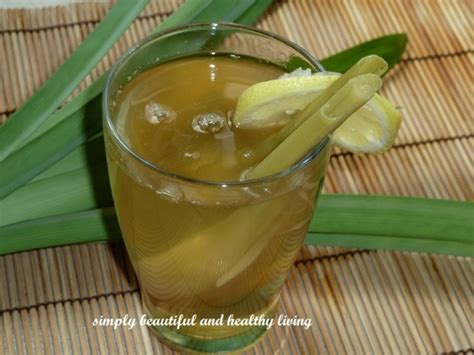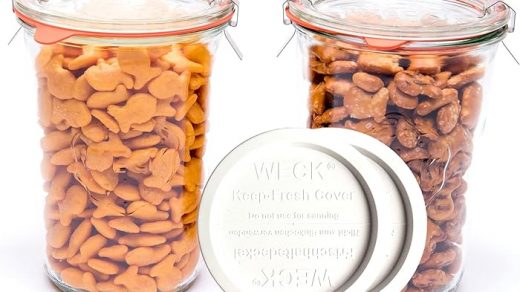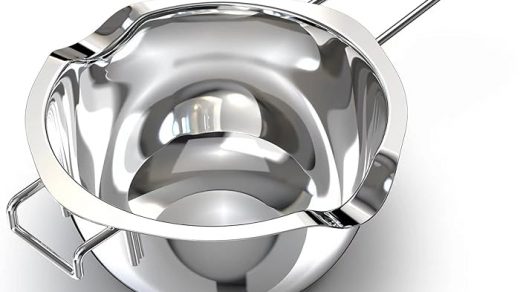Understanding the role of dashi in Japanese cuisine unveils the secret behind the bold umami flavors characteristic of many traditional dishes. Dashi, often made from bonito flakes or kombu, forms the foundation of numerous recipes, including soups, noodle dishes, and seasoned rice. Its power to enhance flavor is unparalleled, though it’s crucial to avoid beef or pork-based broths that can overshadow dashi’s unique taste.

Dashi is not just limited to traditional uses; its versatility extends to modern culinary applications. For instance, it is the key ingredient in miso soup, a staple in Japanese cuisine. A simple blend of dashi, water, and miso paste can create an authentic and flavorful soup. Similarly, dashi serves as a base for noodle soups and stews, accentuating the umami flavor.
For those who prefer a quicker alternative, dashi powder offers a convenient solution. This well-balanced mix typically includes dried bonito, kelp, sardines, shiitake mushrooms, and horse mackerel. It’s an excellent choice for busy cooks seeking authentic flavors without the traditional preparation time.
Ramen, another iconic Japanese dish, relies heavily on dashi for its depth of flavor. The noodles, served in a rich broth flavored with soy sauce or miso, are topped with ingredients like sliced pork, dried seaweed, and boiled eggs. Dashi’s role in ramen highlights its importance in creating that distinct umami taste.
Lastly, dashi’s discovery in 1908 marked the identification of umami as one of the five basic tastes, alongside salt, sweet, sour, and bitter. This discovery has had a profound impact on culinary arts, particularly in Japanese cuisine, where dashi continues to be a cornerstone ingredient.







